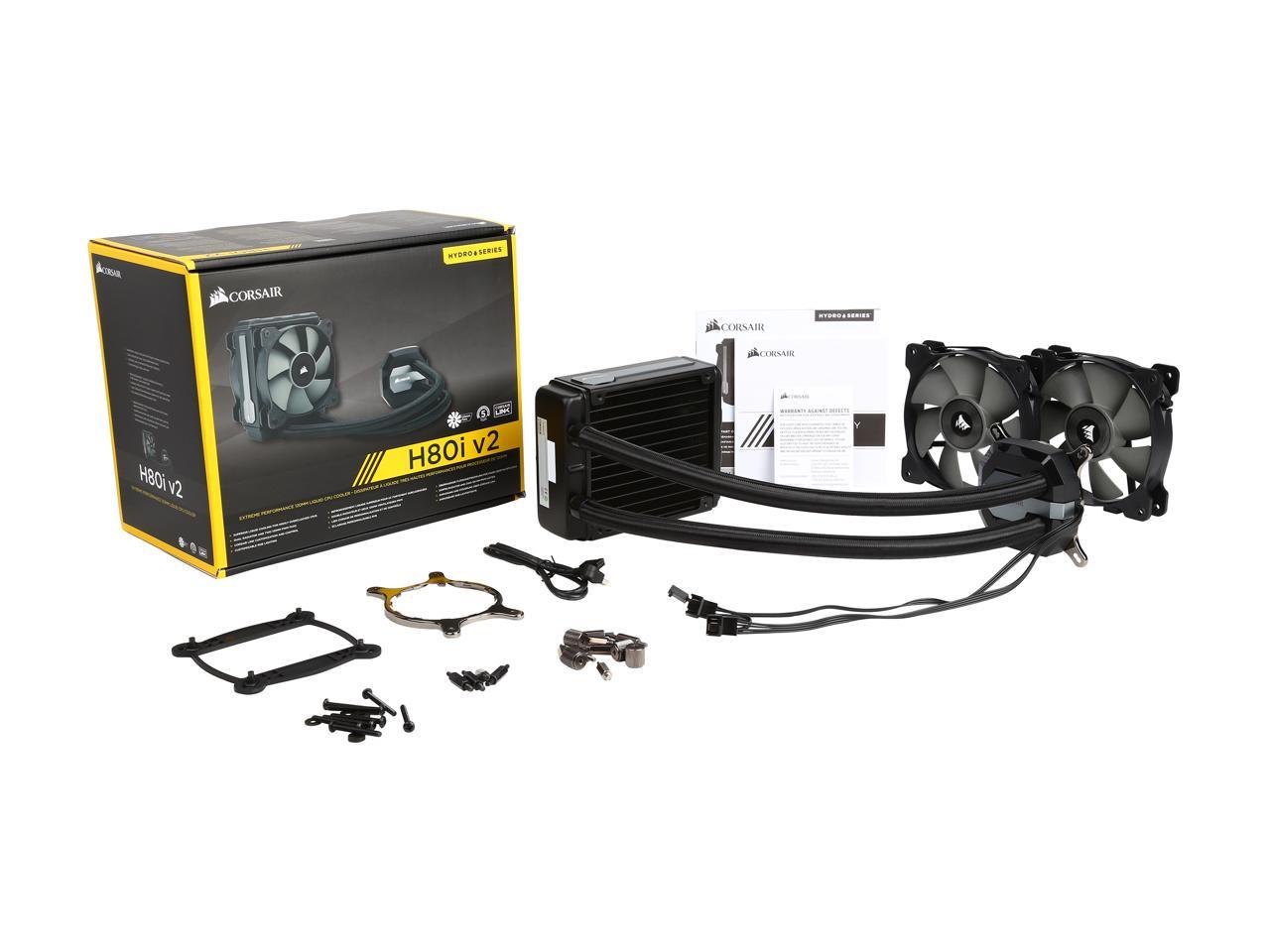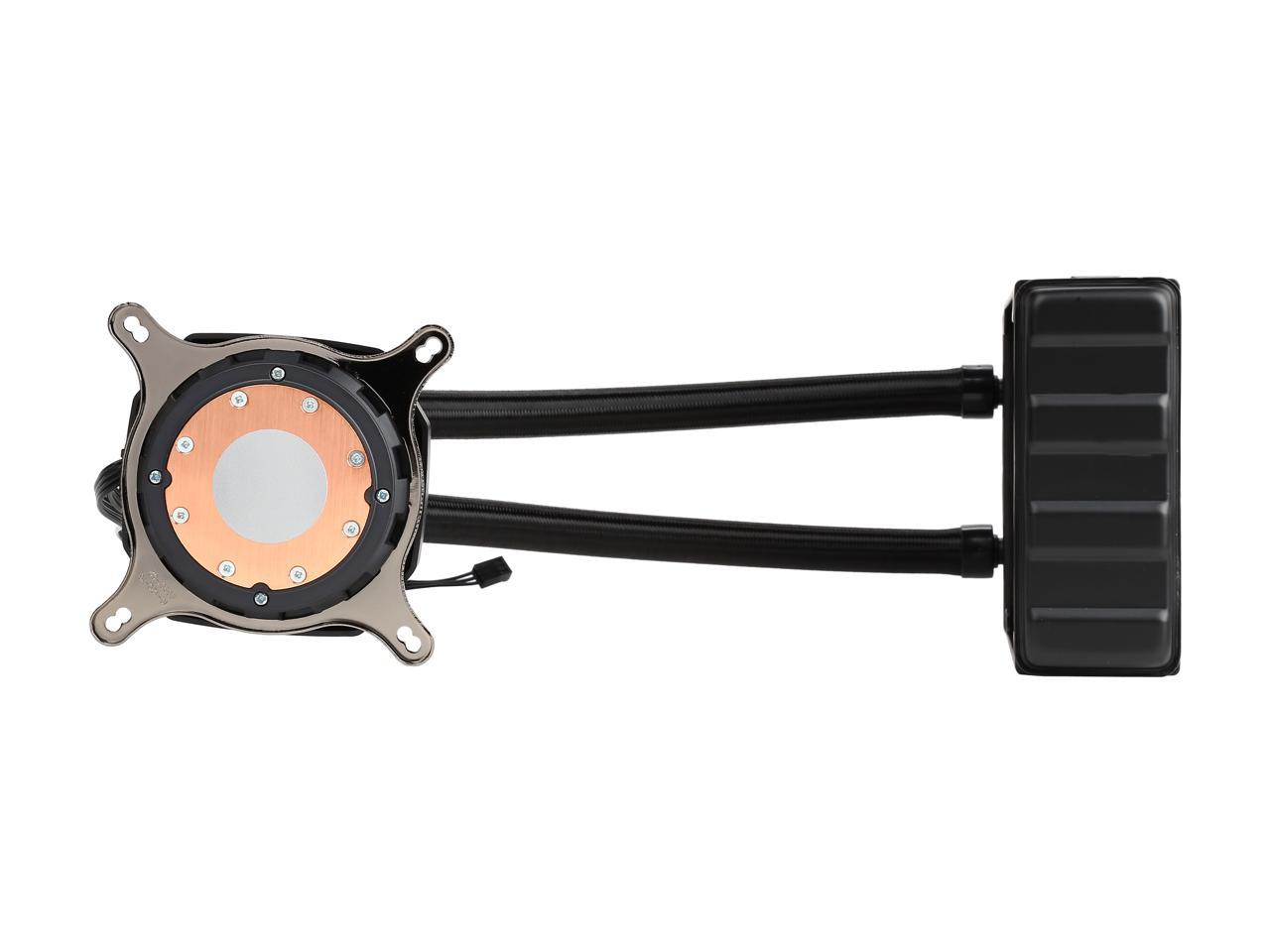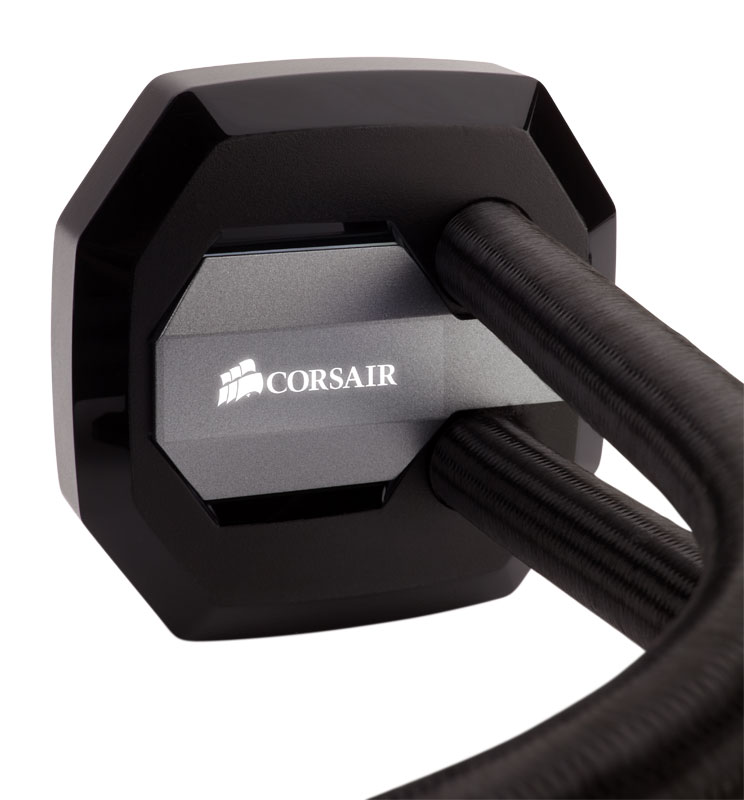

These two data points are averaged in a spreadsheet, creating a T3 value that is subtracted second-to-second from our AIDA64 logging of the CPU cores.Īll six CPU cores are totaled and averaged second-to-second. Two K-Type thermocouples are deployed around the test bench: One (T1) above the bench, out of airflow channels, and one (T2) approximately 2-3" in front of the cooler's intake fan. We control for ambient by constantly measuring temperatures with K-Type thermocouples and infrared readers. We've validated our testing methodology with thermal chambers and have proven near-perfect accuracy of results.Ĭonducting thermal tests requires careful measurement of temperatures in the surrounding environment. We strongly believe that our thermal testing methodology is among the best on this side of the tech-media industry.

We use a bench that is more carefully crafted for noise performance, opting for a passively cooled PSU and 23% RPM 980 Ti blower fan for very low system noise. The 120 wasn’t a far step from good 240mm coolers, like the H100i V2, but EVGA only recently began shipping CLC 240 units.ĬPU cooler testing is conducted using the bench defined below. We generally liked the price:performance positioning of the CLC 280 unit, but found the CLC 120 nearly impossible to justify. The effort yielded ~$130 280mm closed-loop liquid coolers, coming in below the $150-$160 Kraken X52/X62 units and around the H115i (presently $140). EVGA aimed to strike a balance between the higher-cost features of the Kraken coolers (like manufacturer-customized lighting) and the more function-focused Corsair H-series coolers. We’re reviewing the new EVGA CLC 240 today, following-up our previous (positive) CLC 280 and (negative) CLC 120 reviews.Īlthough they’re all ultimately Asetek products, the EVGA CLC series has thus far competed well with the NZXT Kraken and Corsair H-series coolers. NZXT was the first manufacturer permitted to build a fully custom and complex PCB for its RGB-illuminated Kraken coolers, followed-up in short order by EVGA, who dropped the price significantly for the same-size radiators.

There aren’t many ways for cooling manufacturers to differentiate atop of a supplier’s product, like the Asetek Gen5 pumps, but you’d be surprised at how much goes into them behind the scenes.


 0 kommentar(er)
0 kommentar(er)
